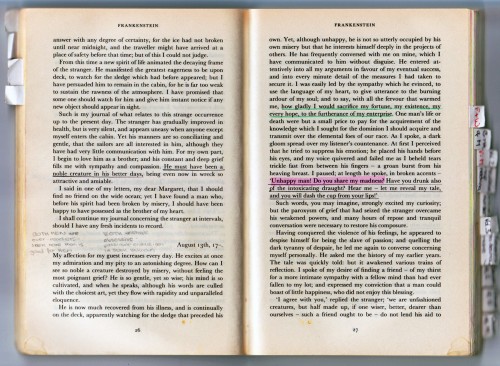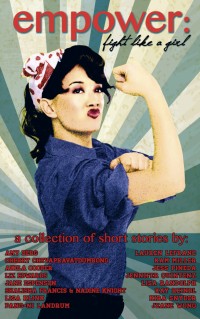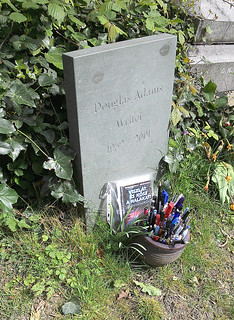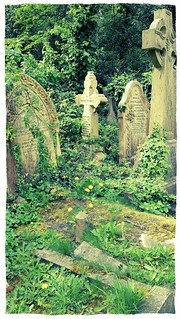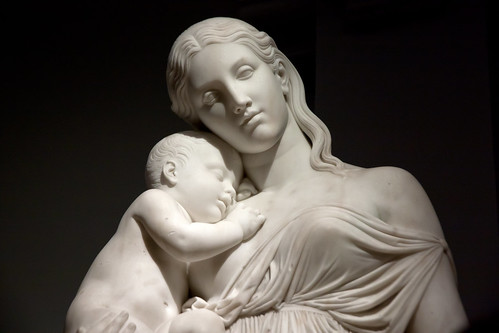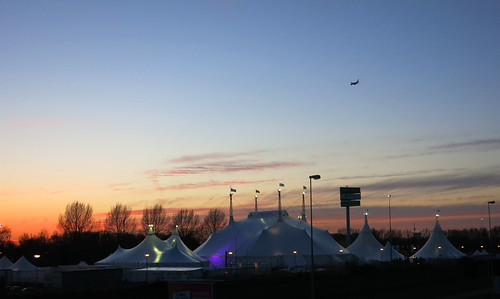Sunday Salon: 2014 – the halfway point

I thought rather than waiting until December to see how I’ve performed against my goals, I’d check now and see if I need to make any adjustments! First, let’s look at the reading plans I made back at the end of last year.
1. Read more science fiction
I’ve read four SF books in the last six months, plus you could argue that some of the comics I’ve read count toward this goal. Not an amazing showing but I think it just about counts. (Oh, and I’ve just remembered that a big chunk of the short stories I’ve read are science fiction, so that makes me feel better!)
2. Read popular science
After a slow start, my 2014 Popular-Science Reading Challenge is going great guns (as my Dad would say). I’ve so far read six books and I have my next read (Silent Spring by Rachel Carson) lined up on my bedside table. Now I just have to keep it up!
3. Re-read
Oh dear, this one isn’t going well at all. I have re-read one book so far and even that was strictly a revised edition with added material. The ever-growing TBR makes it hard to justify re-reading and yet, if I don’t, what’s the point in keeping read books at all?
More generally, how’s my reading looking? So far this year I’ve read 33 books, which is less than half of last year, so I’m definitely reading slower (or spending less of my time reading). Of those, 20 were written by women, which is a massive improvement on previous years. However, only 3 were written in a language other than English, which is shameful, especially considering I subscribe to And Other Stories and have several of their books languishing in the TBR. Must do better.
Overall, it looks like my efforts to include popular science have been achieved at the expense of translated fiction, but I’m going to really try during the rest of the year to read both. This may be over-ambitious, but it’s important to have aims, right?
Did you make any reading plans for 2014? Have you checked to see how you’re doing?


